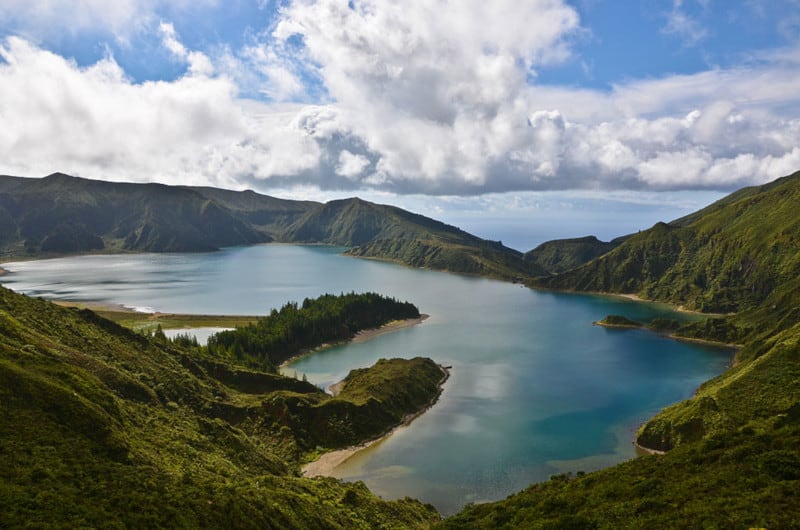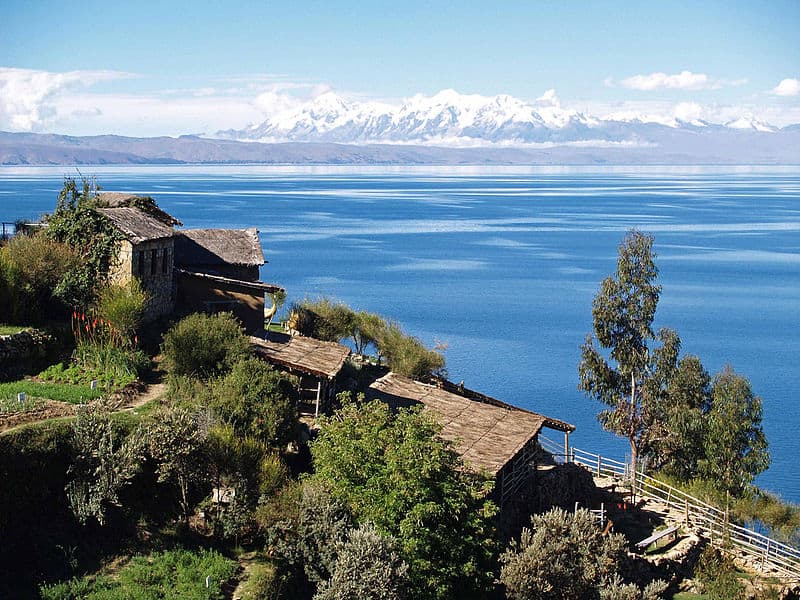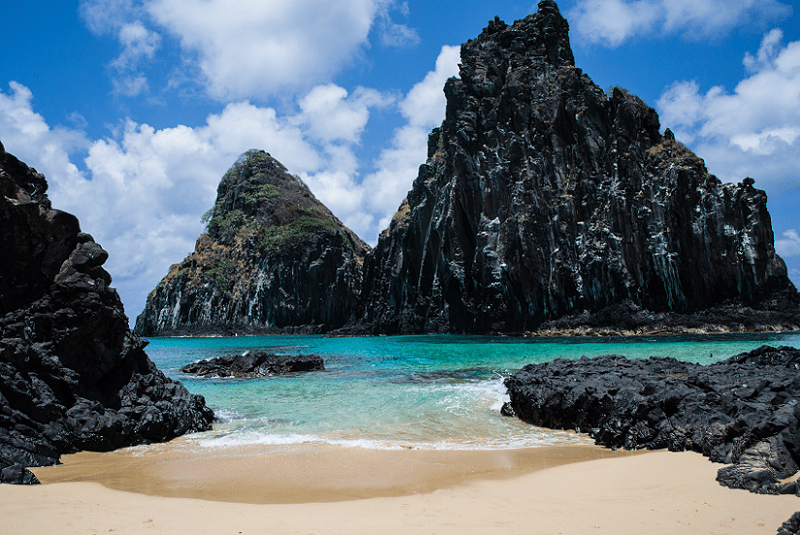
Lake Turkana Facts
- This intriguing creation of geological processes, with its unusual characteristics, presently goes by the english language name of Lake Turkana. It previously held another name, though. Prior to 1975, the body of water bore the moniker of Lake Rudolf.
- The term it’s now known by honors the main tribe of Indigenous Peoples in the region. In their native language, however, it’s long borne their name for it. In that tongue it’s referred to as Anam Ka’alakol. This loosely translates as the sea of many fish.
- The native population knew of the site for untold centuries, of course. European explorers, however, did not see it for the first time until March 6, 1888. At that time, Count Sámuel Teleki de Szék and Lieutenant Ludwig Ritter Von Höhnel spotted it.
- It stands out from similar features around the world for several reasons. It ranks as both the largest alkaline lake and the largest permanent desert lake on earth. The impressive natural wonder further ranks as the fourth largest salt lake known to man.
- Given its unique nature and importance in the region, Lake Turkana merits special consideration. Due to its multi-faceted role in the area, UNESCO named it a World Heritage Site in 1997. Fortunately, it sees few visitors, helping to maintain its condition.
Related Articles



Lake Turkana Physical Description
The magnificent Lake Turkana fully earns appreciation by those experts who monitor it. Unlike many other similar features, though, it does so for a wide variety of reasons. That’s yet another way in which this body of water distinguishes itself in the annals of science.
Its sheer size certainly qualifies as one of those factors, of course. This varies slightly over time, naturally, due to different reasons. In general, though, it boasts a maximum length of about 180 mi (290 km). The lake also holds a maximum width of roughly 20 mi (32 km).
These dimensions understandably bless it with an impressive surface area. That measures approximately 2,473 sq mi (6,405 sq km). It additionally has a maximum measured depth of 358 ft (109 m). Its average depth, though, measures much less, at just 99 ft (30.2 m).
Incredibly, the center of the lake also plays host to an active volcano! Appropriately named Central Island, this site routinely emits quantities of volcanic ash. This activity accounts for and maintains the unusually high levels of alkaline in the water of the surrounding lake.
The water comprising Lake Turkana also holds yet another wonder. Nature, it seems, decided to work overtime in creating this masterpiece. Due to the extreme nature of the site, the water maintains a surprising temperature. This averages between 81F – 88F (27C- 31C).
It also hosts a striking outer boundary. That’s partly due to the fact that the surrounding rocks are mainly volcanic in origin. Extremely rocky shores and outcroppings dominate much of the southern and eastern shores. Flats and dunes reign to the west and north.

Lake Turkana Location, Formation, and Ecology
The area in which the remarkable Lake Turkana formed likely comes as no surprise to many people. That’s true since Nature created it in a region of the world well known for its natural marvels. More precisely, the impressive site lies in an amazing part of the continent of Africa.
Due to its great size, though, it actually formed within the boundaries of two separate countries. The greater part by far sits inside the borders of Kenya. A relatively small portion of it also crosses into neighboring Ethiopia. It’s also a 2-day drive from Nairobi.
This tantalizing geological marvel actually owes its formation and continued presence to a unique combination of factors. Amazingly, a total of three rivers actually flow into the basin where it sits. These themselves bear the names of the Turkwel, Omo, and Keiro Rivers.
That in itself isn’t particularly remarkable, it’s true. What is, though, is the fact that not a single one of them flows out of the lake! The only loss of water the lake suffers occurs due to evaporation. Only the great heat and general aridity of the region maintains a balance.
Due to inaccessibility, temperature, and aridity, Lake Turkana continues to retain its wild character. Nile crocodiles inhabit the lake in abundance, and scorpions and carpet vipers live in numbers around the shores. Hundred of bird species also make this site home.
A wide range of mammals also live around the lake. These include such species as zebras, gazelles, and giraffes. Their predators also appear, including cheetahs and lions. Plankton also lives in its waters. Despite its acidity, this allows a few fish species to thrive as well.
Features Sharing Its Region



Check out our other articles on 5 Rare Mind-Blowing Cloud Types, Tufted coquette, Pingualuit Crater Lake, Tree Kangaroo, Kerengga ant-like jumper, Crete, Cradle Mountain










Leave a Reply